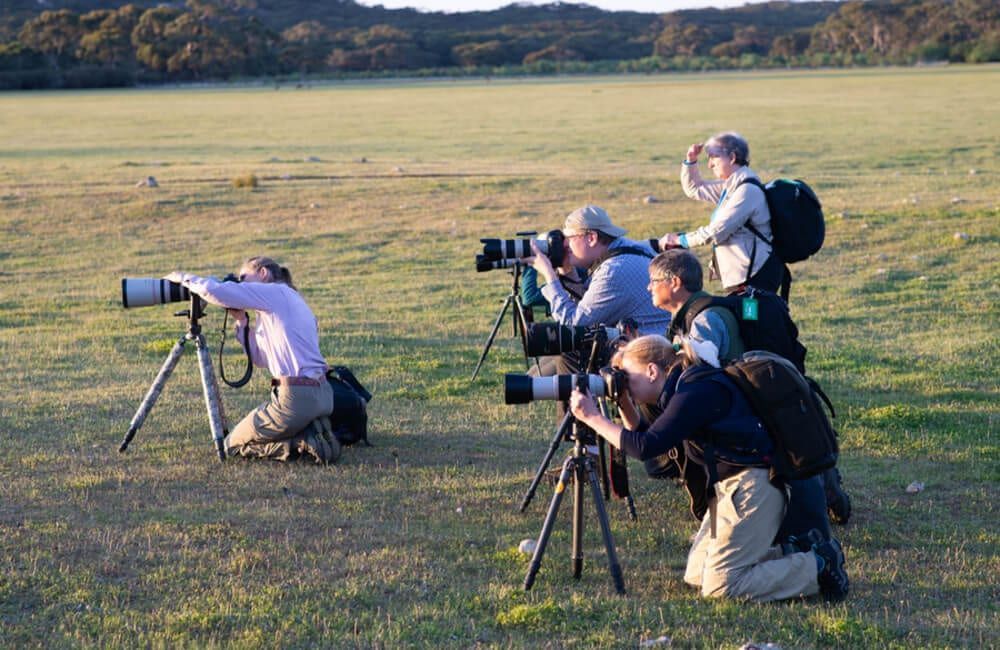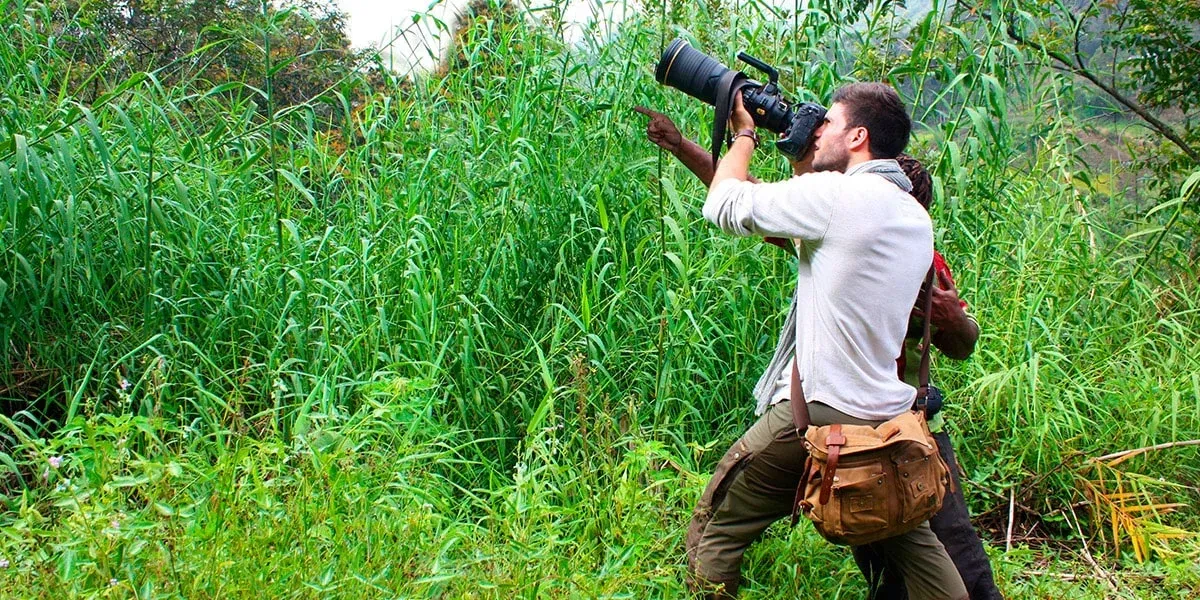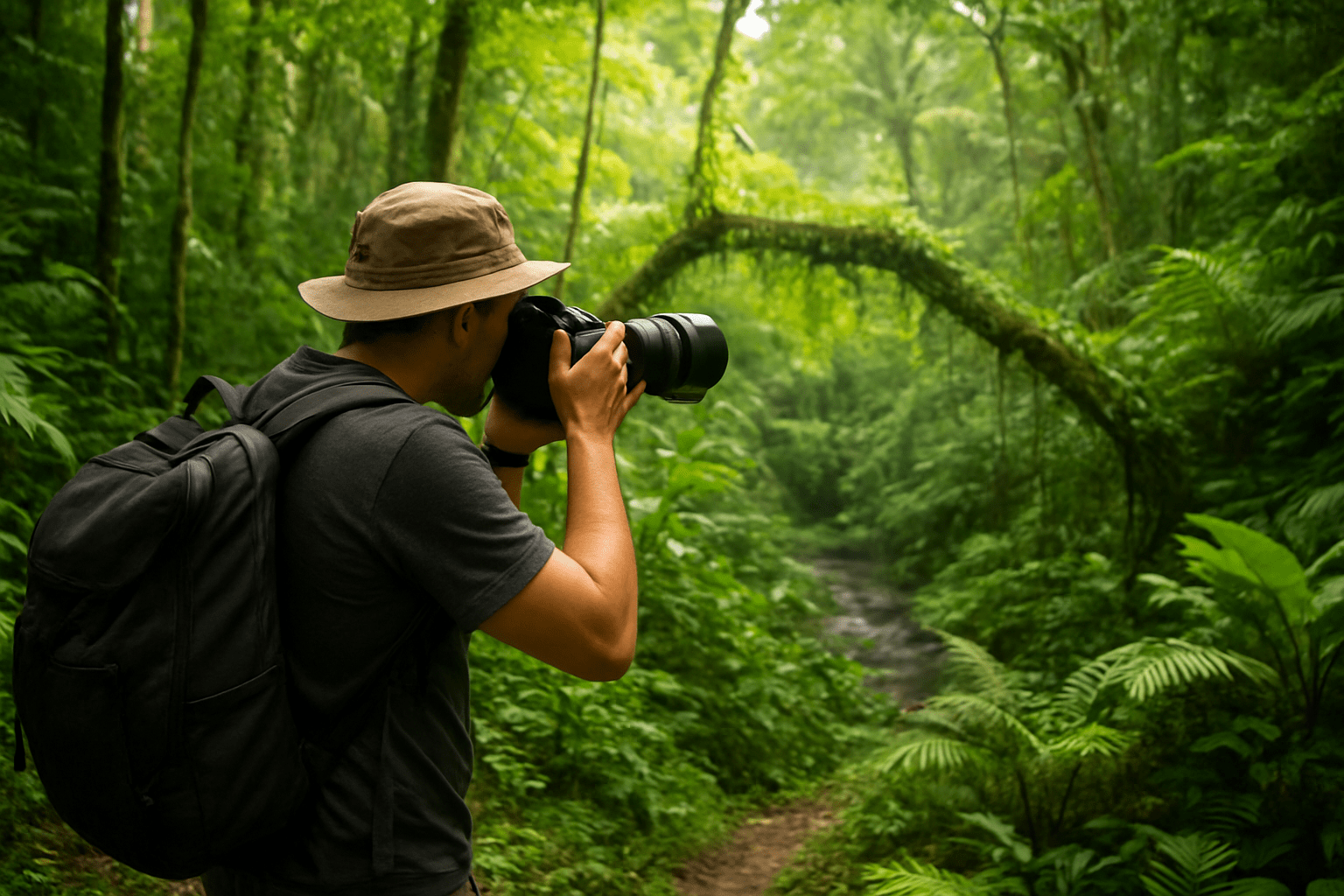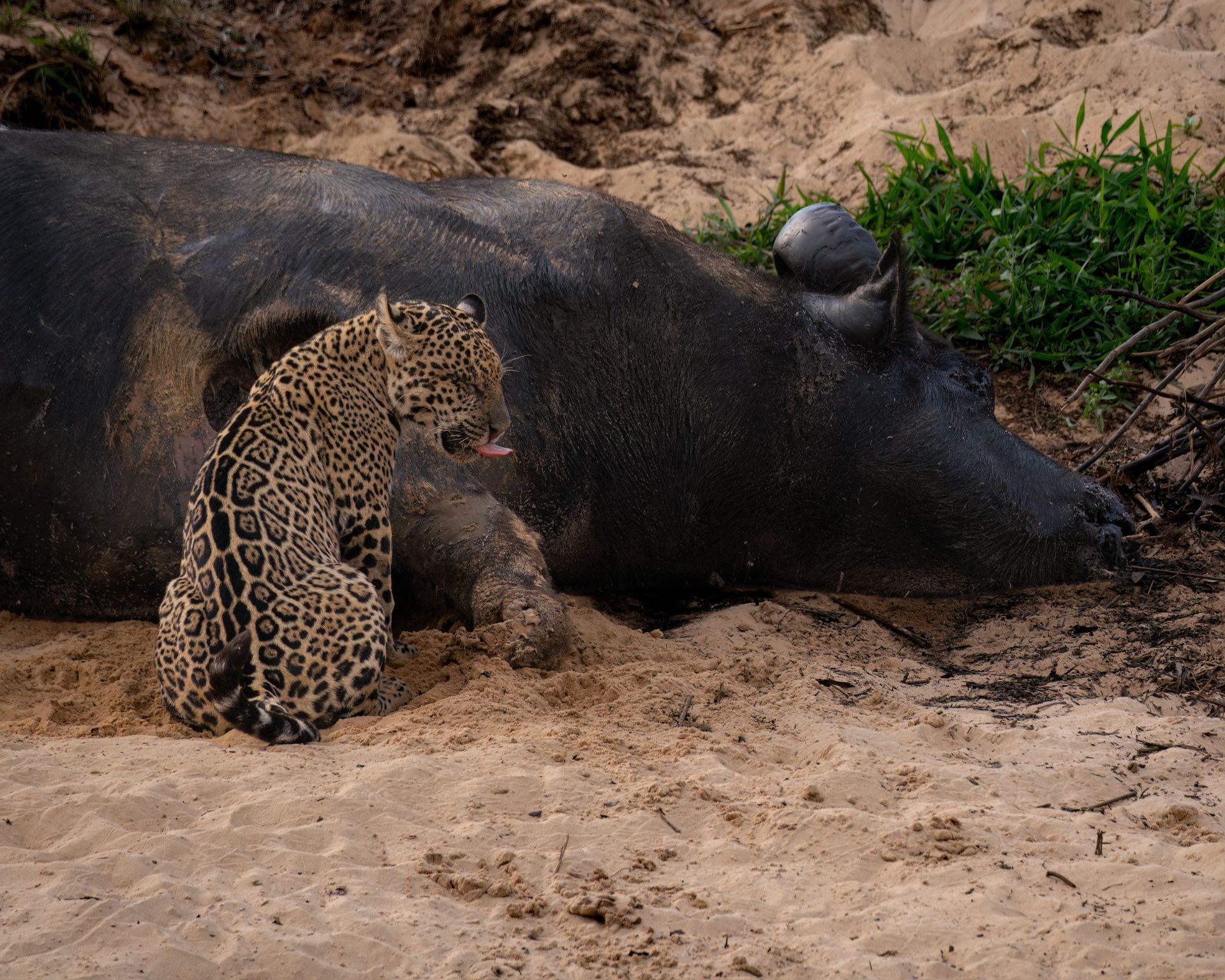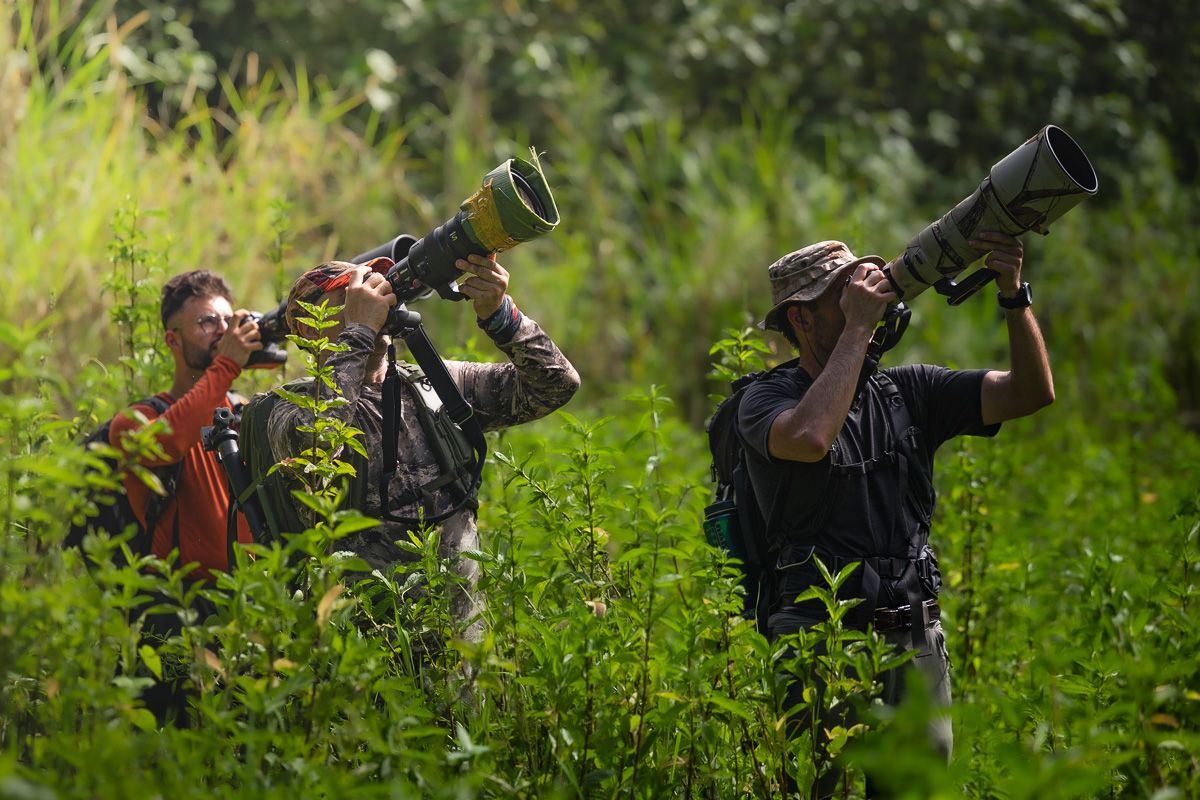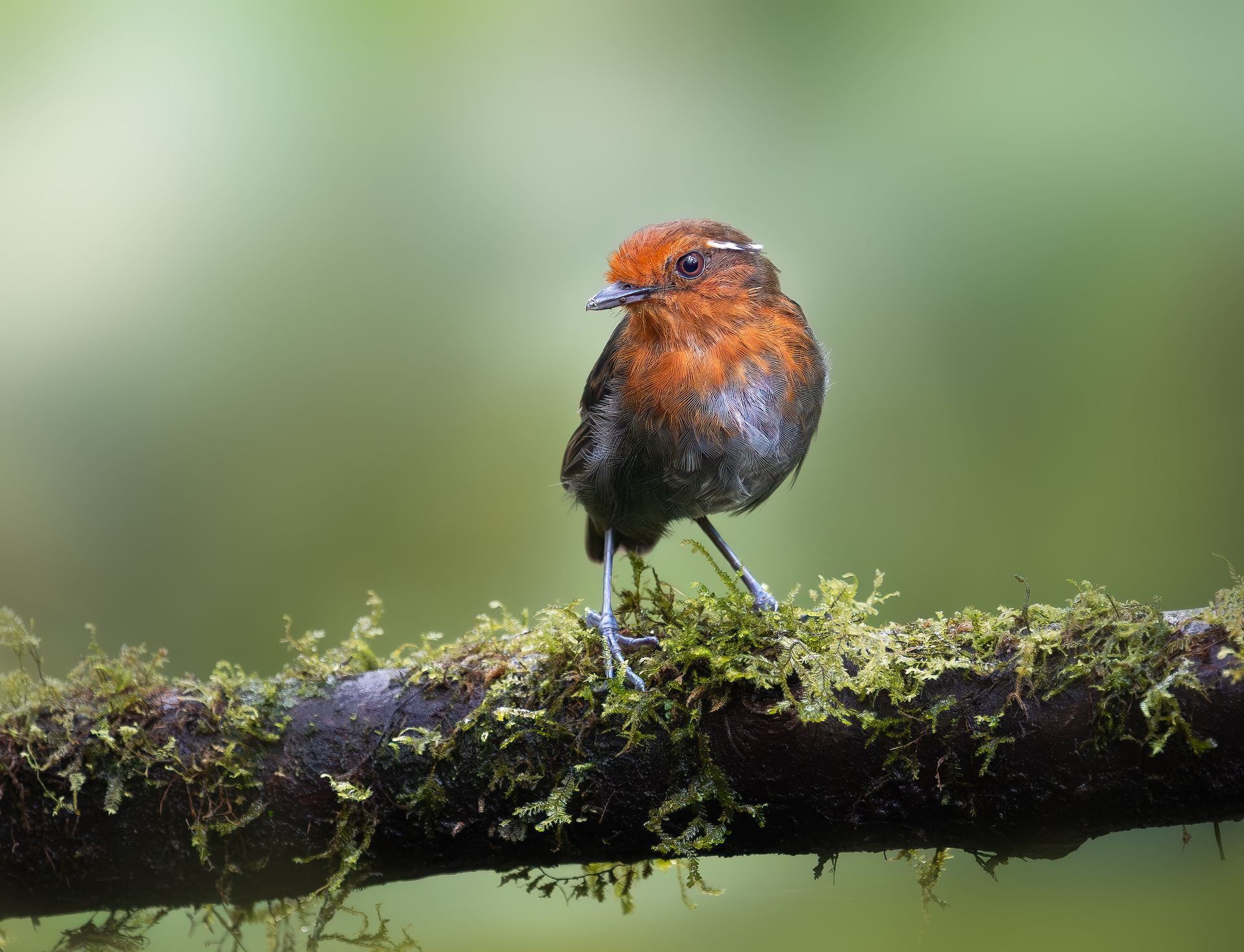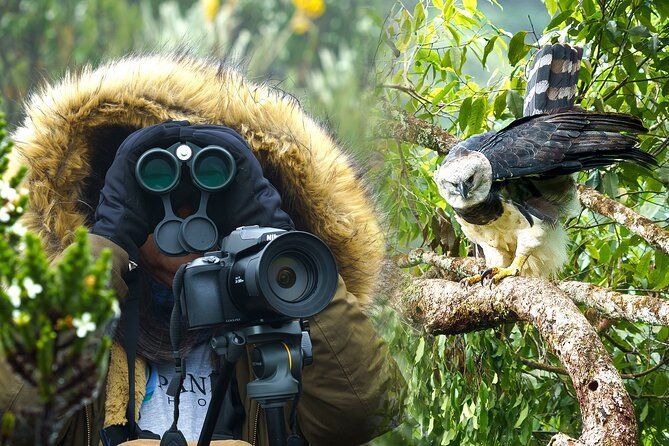Choosing the Right Lens for Bird Photography in Colombia
Choosing the Right Lens for Bird Photography in Colombia
Colombia, known as the birding capital of the world, is home to over 1,950 bird species, including rare endemics like the Andean Cock-of-the-Rock, Santa Marta Parakeet, and the beautiful Multicolored Tanager. For photographers, this biodiversity makes the country a dream destination. But capturing these birds in all their glory depends heavily on one thing: the lens you use.
In this guide, we’ll explore everything you need to know about choosing the right lens for bird photography in Colombia, from focal lengths to lens weight, aperture, zoom vs. prime debates, and practical considerations in different Colombian landscapes.
Why the Lens Matters More Than the Camera
While camera bodies are important for speed, ISO handling, and burst modes, in bird photography, the lens is the real game-changer. Birds are often small, fast-moving, and perched at a distance, making a long focal length with fast autofocus essential. In Colombia, where you’ll be shooting everything from hummingbirds in cloud forests to soaring condors in the Andes, the choice of lens becomes even more critical.
The Colombian Context: Unique Challenges for Bird Photography
Before diving into lens types, it’s worth considering the challenges of photographing birds in Colombia:
- Dense Habitats: Many birds live in rainforests or cloud forests with dim lighting and obstructed views.
- High Altitudes: In places like Los Nevados or the Sierra Nevada, the air is thinner, and light behaves differently.
- Fast Flyers: Hummingbirds, swifts, and tanagers move quickly, requiring fast focusing lenses.
- Long Distances: Raptors, waterbirds, and grassland species in the Llanos may require extreme focal lengths.
These conditions mean you’ll need to think carefully about reach, speed, and portability when selecting your lens.
Key Factors to Consider When Choosing a Lens
1. Focal Length
- 300–400mm: Entry-level bird photography, good for larger birds.
- 500–600mm: The sweet spot for serious bird photographers.
- 800mm+: Useful for small, distant species but expensive and heavy.
In Colombia, a minimum of 400mm is recommended if you want versatility across habitats.
2. Aperture
- f/2.8–f/4 lenses: Great for low light in rainforests, shallow depth of field, and isolating subjects.
- f/5.6–f/6.3 lenses: More affordable, lighter, but less effective in dim conditions.
For Colombia’s cloud forests, a wide aperture can make a huge difference.
3. Weight & Portability
You’ll often be hiking through forests, climbing mountains, or carrying gear for hours. Lighter lenses make a massive difference in endurance.
4. Autofocus Speed
Birds are unpredictable. A lens with fast, silent autofocus (e.g., Canon USM, Nikon AF-S, Sony G Master) is essential.
5. Image Stabilization (IS/VR/OSS)
Rainforests and shaded areas often require slower shutter speeds. Image stabilization helps reduce blur when handholding long lenses.
Prime vs. Zoom Lenses: Which Is Better for Colombia?
Prime Lenses
- Pros: Exceptional sharpness, wide apertures, reliable autofocus.
- Cons: Heavy, expensive, fixed focal length.
Examples:
- Canon RF 600mm f/4L IS
- Nikon 500mm f/4E FL
- Sony 600mm f/4 GM OSS
Zoom Lenses
- Pros: Flexibility, lighter weight, more affordable.
- Cons: Slightly less sharp, narrower apertures.
Examples:
- Canon RF 100–500mm f/4.5–7.1L IS
- Nikon 200–500mm f/5.6E ED VR
- Sony 200–600mm f/5.6–6.3 G OSS
Verdict: For Colombia’s diverse landscapes, zoom lenses are often more practical. Prime lenses excel in specialized scenarios but are less versatile for traveling photographers.
Best Lenses by Colombian Birding Region
1. Amazon Rainforest
- Challenges: Low light, dense vegetation.
- Recommended Lenses: 300–500mm f/4 or f/2.8 primes, or fast zooms like 100–400mm.
2. Andes Mountains (Los Nevados, Bogotá area)
- Challenges: Birds at a distance, large raptors.
- Recommended Lenses: 500–600mm primes, or 200–600mm zooms.
3. Cloud Forests (Otún Quimbaya, Jardín, Mindo nearby)
- Challenges: Hummingbirds, dim light, close encounters.
- Recommended Lenses: 100–400mm or 70–200mm with extenders for flexibility.
4. Sierra Nevada de Santa Marta
- Challenges: Rare endemics in mixed habitats.
- Recommended Lenses: 400–600mm zooms for versatility.
5. Llanos Grasslands
- Challenges: Wide open spaces, distant subjects.
- Recommended Lenses: 600–800mm primes or zooms with teleconverters.
Teleconverters: Are They Worth It in Colombia?
Teleconverters (1.4x or 2x) extend focal length but reduce aperture.
- 1.4x: Minimal quality loss, useful in good light.
- 2x: Noticeable sharpness and AF speed reduction.
In Colombia’s cloudy forests, a 1.4x teleconverter is often the sweet spot.
The Role of Mirrorless Cameras and Native Lenses
Mirrorless systems (Canon RF, Nikon Z, Sony E-mount) have changed bird photography. Their lenses are often lighter, sharper, and faster than DSLR counterparts. For traveling in Colombia, this makes a big difference in comfort and portability.
Examples:
- Sony 200–600mm G OSS paired with A1 or A7R V
- Canon RF 100–500mm f/4.5–7.1L IS with R5 or R7
- Nikon Z 400mm f/4.5 VR S with Z9
Budget-Friendly Options for Bird Photographers Visiting Colombia
Not every photographer can afford a $10,000 prime lens. Luckily, there are excellent mid-range options:
- Sigma 150–600mm Contemporary (Canon/Nikon/Sony)
- Tamron 150–600mm G2
- Canon RF 100–400mm f/5.6–8 IS USM
- Nikon Z 100–400mm f/4.5–5.6 VR S
These lenses strike a balance between reach, portability, and price.
Carrying and Protecting Your Lens in the Field
Colombia’s conditions can be humid, rainy, and rugged, so protecting your gear is essential:
- Rain Covers: Waterproof sleeves for lenses.
- Lens Coats: Camouflage covers that also protect against scratches.
- Dry Bags & Silica Gel: To fight humidity in the Amazon and cloud forests.
- Lightweight Tripod/Monopod: Useful for long lenses in open areas like the Llanos.
Practical Examples: Matching Lenses to Birds
- Hummingbirds: 100–400mm or 300mm f/2.8 with teleconverter.
- Andean Condor: 600mm prime or 200–600mm zoom.
- Tanagers & Antbirds: 400–500mm zooms for forest photography.
- Herons & Waterbirds in Magdalena Valley: 200–500mm zoom.
Final Tips Before Choosing Your Lens
- Think About Your Target Birds – Small forest birds need shorter but faster lenses, while raptors need longer reach.
- Balance Quality and Portability – The best lens is the one you can carry all day.
- Rent Before You Buy – If you’re visiting Colombia for a one-time trip, consider renting lenses.
- Consider Workshops/Tours – Local guides like Retorno Photo Tours can recommend lenses tailored to each destination.
Conclusion
Choosing the right lens for bird photography in Colombia is about balancing reach, aperture, portability, and versatility. From dense Amazon jungles to the vast Llanos, no single lens is perfect everywhere. However, a good 400–600mm zoom covers most situations, while specialized photographers may benefit from fast primes or teleconverters.
With the right lens, Colombia becomes not just a birding trip, but an opportunity to capture the colors, motion, and rare species that make it the world’s top bird photography destination.



